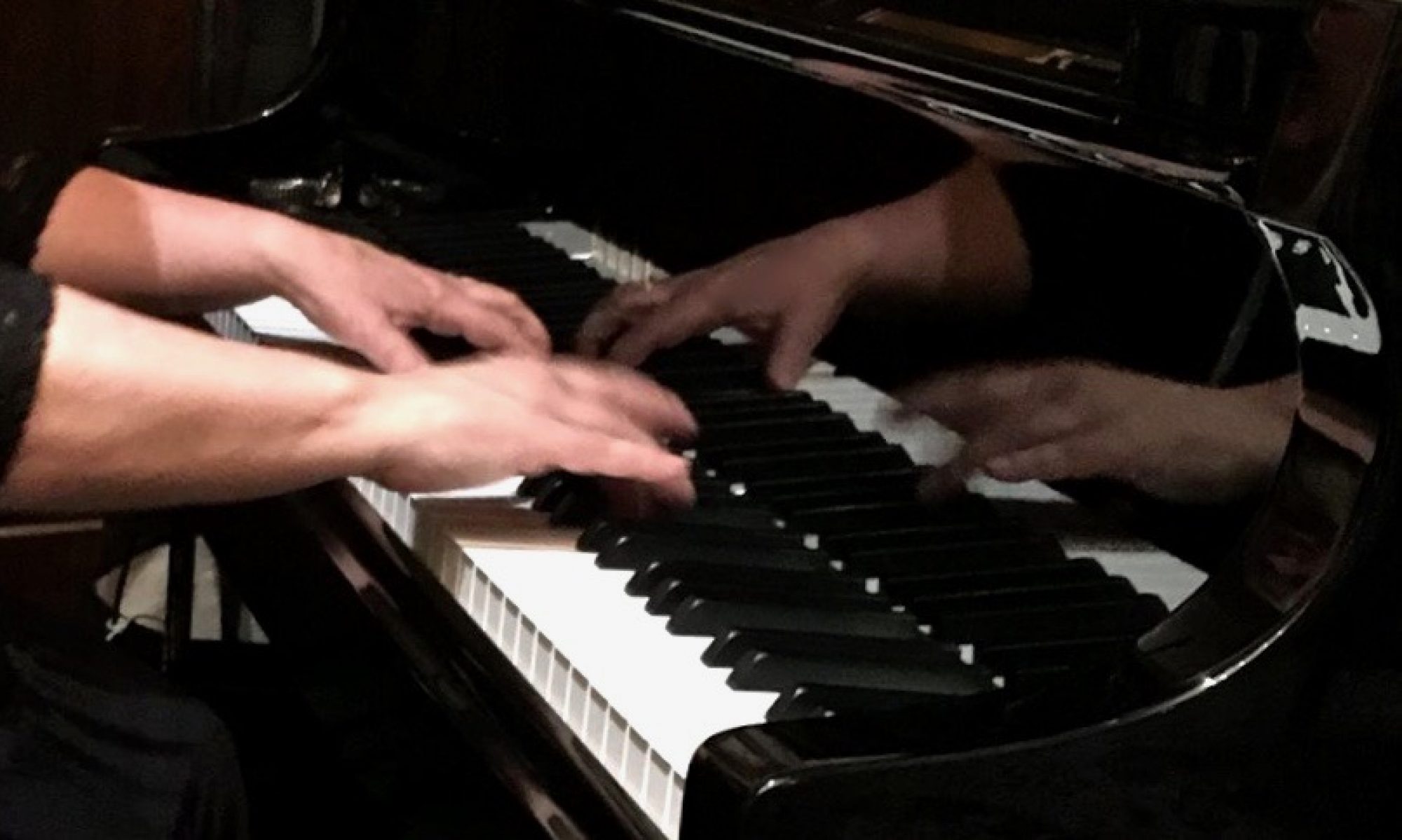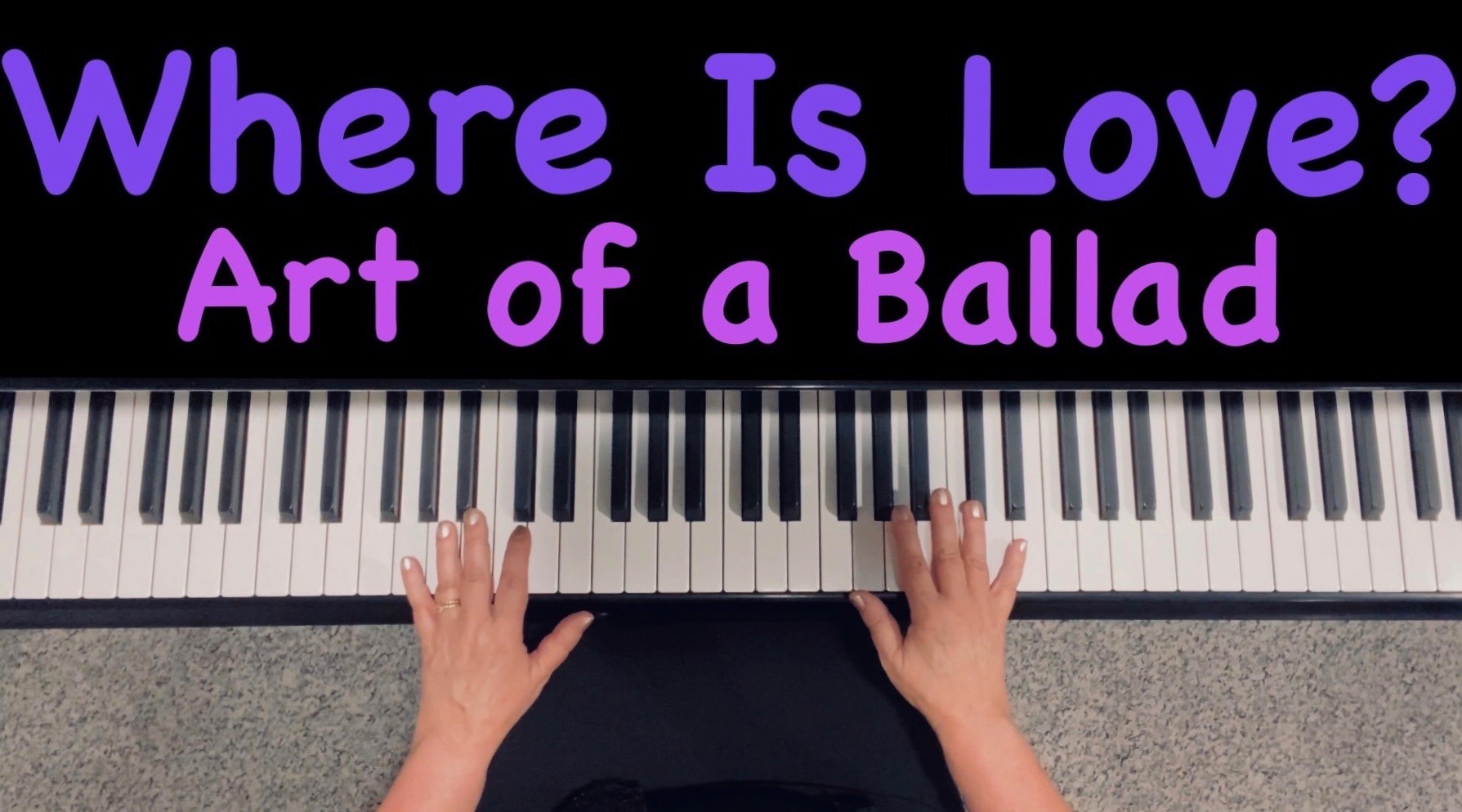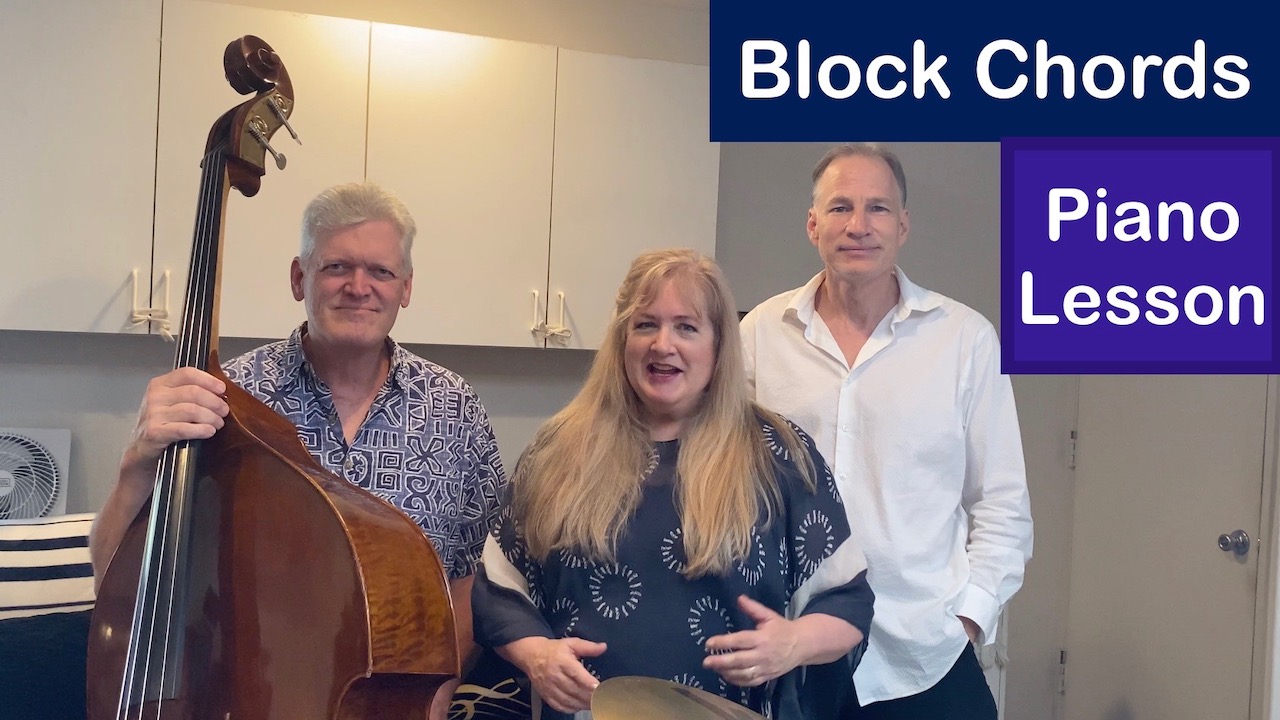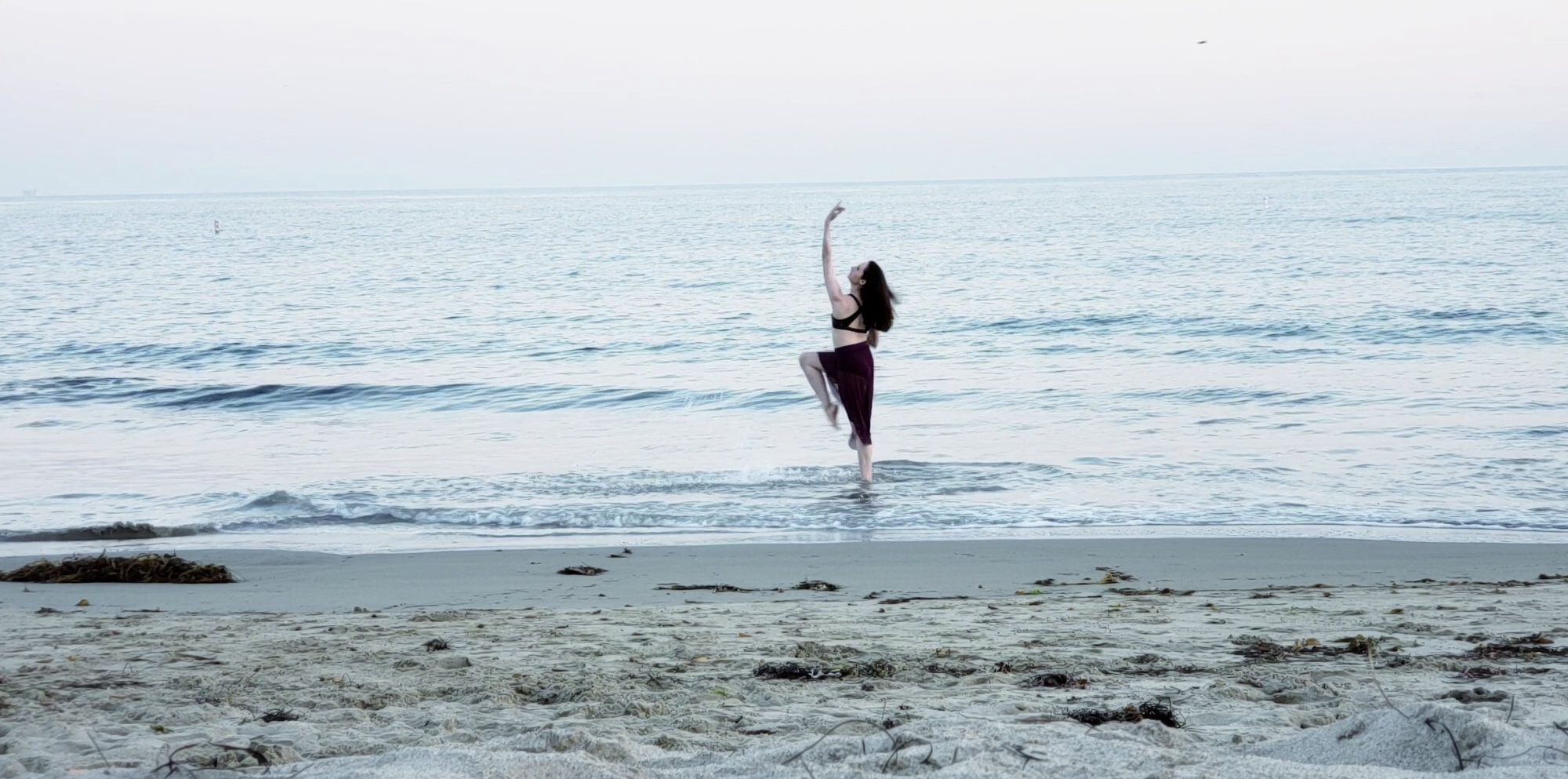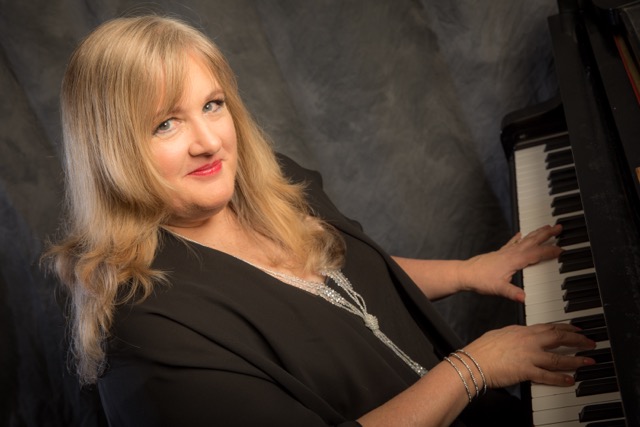Amazing jazz pianist Emmet Cohen knows how to make the piano sing during the tune “Where Is Love?” from Oliver! Let’s compare his 6 live performances of this beautiful ballad, to see what makes his takes so lovely.
Here’s my simpler chart of “Where Is Love” with lyrics (this may be important to help a ballad’s interpretation) in Emmet’s chosen key of A Major:  Continue reading “Art Of A Beautiful Ballad: Emmet Cohen Plays “Where Is Love?””
Continue reading “Art Of A Beautiful Ballad: Emmet Cohen Plays “Where Is Love?””
